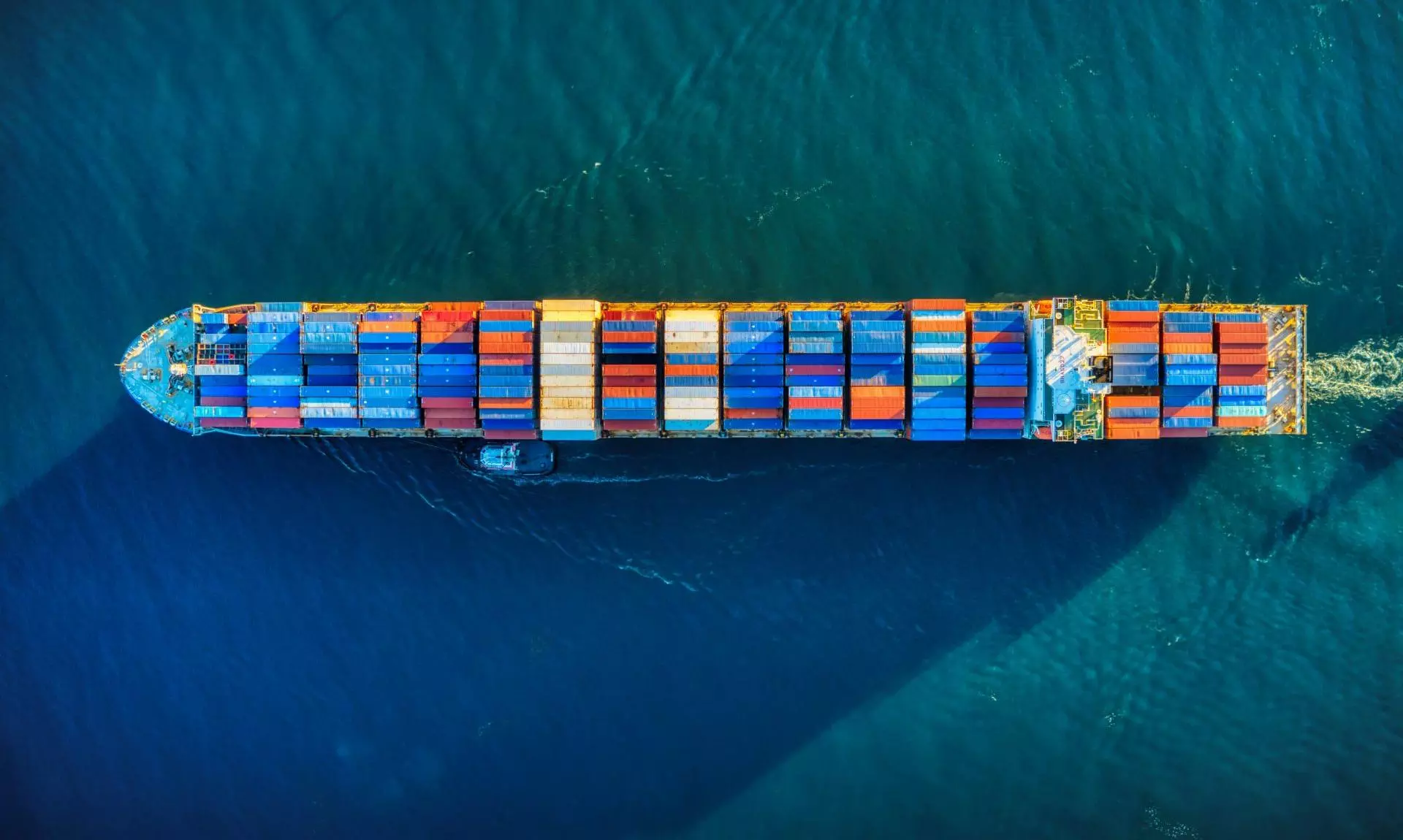Risk factors and sustainability to shape Indian logistics in 2024
The global logistics and supply chain industry exhibits a profound interconnection with geopolitical trends, economic growth, and advancements in technology and innovation. On a macroscopic scale, the logistics industry is anticipated to remain stable in the upcoming years, with no significant upheavals expected. According to several research reports, the market size of the global logistics industry currently stands at an impressive $9 trillion and is poised to witness an approximate 6 percent Compound Annual Growth Rate (CAGR) in the coming years.
The expansion of logistics in any region exhibits a strong correlation with the corresponding GDP growth. The global macroeconomic landscape presents a nuanced outlook for 2024. Projections for GDP growth do not signal significant advancement for the industry, mirroring a pattern akin to the previous year. According to data from the International Monetary Fund (IMF), the growth rate is anticipated to experience a marginal decrease from 3 percent to 2.9 percent in the upcoming year. However, growth expectations for India and other emerging economies remain consistent with the figures observed in 2023.
The years of the pandemic served as a valuable lesson for supply chain planners, prompting a thorough reassessment and redefinition of logistics and supply chain strategies. This transformative period witnessed the emergence of numerous initiatives, embracing digitization, automation, channel optimization, sourcing adjustments, and network enhancements. These post-pandemic endeavors were strategically aligned to enhance visibility, ensure continuity, and boost efficiency within the supply chain. The momentum gained by most of these initiatives is expected to persist with minimal deviation.
However, the recent years have introduced two additional critical factors exerting a profound impact on logistics beyond the scope of the pandemic: geopolitical shifts and climate change. These factors are anticipated to wield a lasting influence on the performance of logistics systems.
As we gaze into the outlook for the industry in 2024, a stable trajectory emerges, underscored by three pivotal considerations: a rising risk profile associated with ocean freight, the looming challenge of manpower shortages, and an escalating impetus towards sustainability.
Risk associated to ocean freight
In the past two years, conflicts have erupted in different parts of the globe, significantly impacting key trade routes. The first conflict affected the trade lane passing through the Black Sea, significantly disrupting the logistics of grains and vegetable oils. Simultaneously, the conflict between Israel and Hamas has heightened risks in the Red Sea, a critical passage for over 10 percent of global trade. Attacks on commercial ships have raised serious concerns, despite some countries implementing security initiatives such as 'Prosperity Guardian.' However, ensuring smooth movement of goods under such security measures remains a challenge.
Potential rerouting of trade away from the Red Sea through the Cape of Good Hope could lead to a substantial increase in logistics costs and time. Beyond direct cost escalation, there will be additional indirect costs, including heightened insurance expenses for goods and ships. Anticipated shipping risks in 2024 call for meticulous attention in logistics planning to navigate these challenges effectively.
Conversely, on the opposite side of the globe, the Panama Canal presents a formidable challenge with diminished sailing capacity. Owing to persistent drought conditions, the Panama Canal Authority has proactively decreased its daily vessel handling capacity, lowering it from 36 to 30 per day. By February, this number is expected to further decline to a mere 18 vessels per day. This development forebodes delays in transportation, resulting in increased costs, as vessels are compelled to navigate longer routes.
Risk of manpower shortage
The scarcity of unskilled and skilled manpower sets off a ripple effect across various industries, and logistics is no exception. Being inherently labour-intensive, logistics suffers considerably when faced with a dearth of qualified personnel. Inadequate labour availability directly undermines efficiency and service quality. Notably, developed countries encounter more pronounced challenges in labour availability compared to their emerging counterparts. Factors such as inflation, the enduring impact of pandemics, and geopolitical tensions have collectively contributed to the prevailing labour scarcity.
The shortage of skilled workers compounds the challenges faced by the industry. Shortage of drivers is a reality across countries. With the increasing automation more skilled resources will be required to manage operations. The existing gap in the availability of skilled manpower is poised to widen further, necessitating heightened attention and strategic interventions.
Drive for Sustainability
Sustainability has rightfully claimed the spotlight across global forums. As per Gartner CEO and senior business executive survey 2022, Environmental sustainability has rose by approx 300 percent YOY in priority list and it featured first time within top 10 priority of CEOs. Sustainability pressure on organisations is contineously increasing from sides of customers, investors and regulators. Recent agreement at the COP 28 summit is signalingtowards the initiation for end of the fossil fuel era through equitable transition, emission reduction, and intensified financial commitments.
In parallel, a study by the European Environment Agency issues a warning that logistics could contribute up to 40 percent of carbon dioxide emissions by 2050 if decisive measures are not promptly implemented. Confronted with this impending reality, the logistics industry cannot afford to relegate sustainability initiatives to the background. Instead, it is compelled to integrate sustainability into the strategic fabric of organizations. This shift towards sustainability will encompass a spectrum of initiatives within the industry, spanning eco-friendly transportation, emission-reducing route optimization, sustainable packaging, adoption of renewable energy, and digitization, among others. Furthermore, the promotion of efficient reverse logistics plays a crucial role in supporting sustainability through practices such as recycling and the promotion of circular economies.
Despite mounting customer expectations, cost pressures, evolving environmental dynamics, and a shifting technological landscape, the logistics sector will continue to exhibit agile growth. The ultimate key to sustained progress lies in the industry's resilience, especially during periods when geopolitical tensions and environmental challenges exert significant pressure on logistics operations.

Vikash Khatri
Vikash Khatri is the founder of the logistics & supply chain advisory and execution support firm Aviral Consulting



